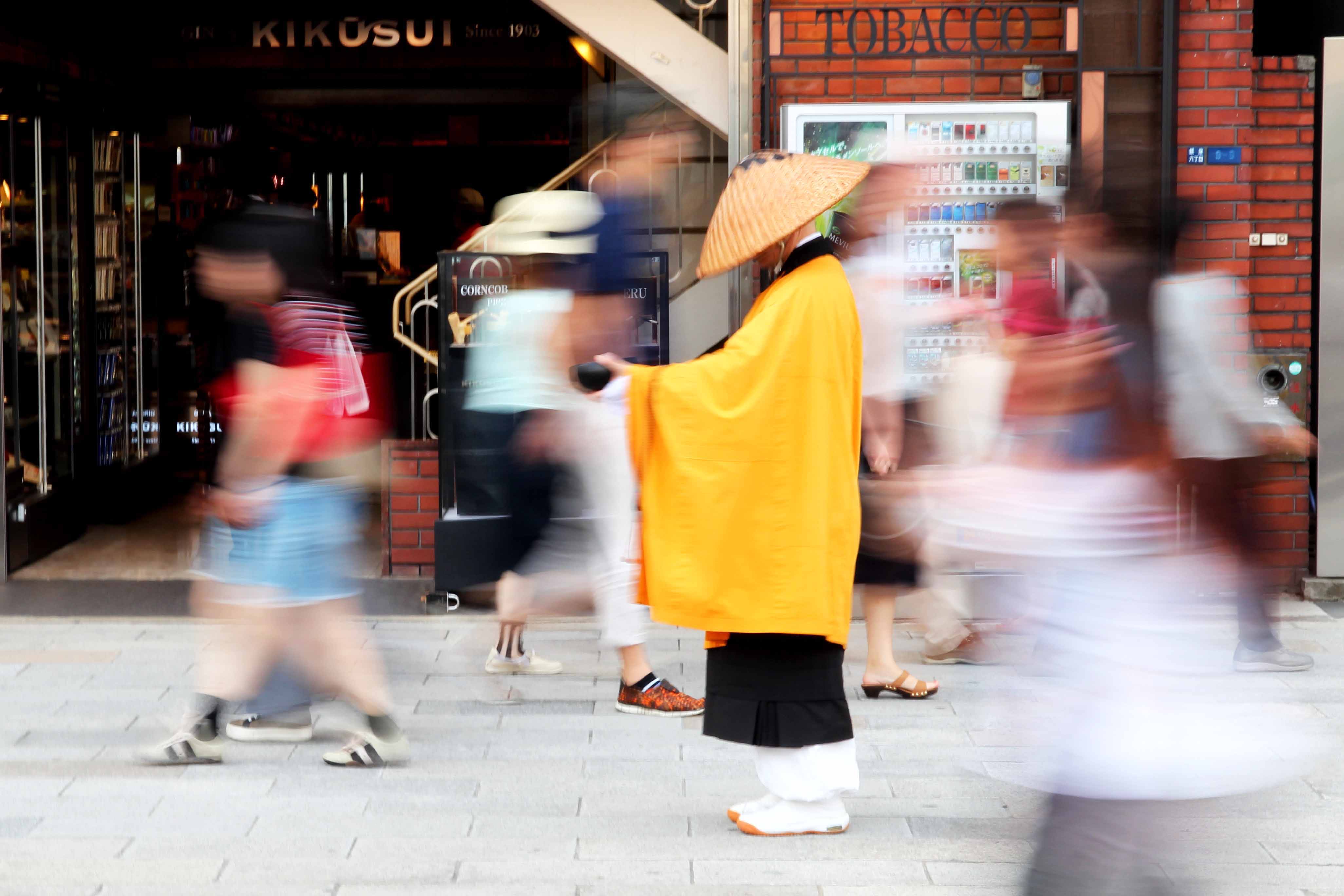Familiar looking landscapes offering a taste of old Japan's hidden and harmonious coexistence with the modern era exemplify the theme of this year's "Japan Through Diplomats' Eyes" annual photo competition.
A photograph capturing the stillness of a Zen monk, wearing a vivid golden robe and standing amid the hustle and bustle of Tokyo, taken by Attila Erdos, minister counselor at the Hungarian embassy won the Prince Takamado Memorial Prize, the top prize in the annual competition held under the theme "Hidden Japan."
"I have seen photographs of such monks before, but never with such extensive and effective use of bokeh (blur effect)," said Princess Hisako, the late Prince Takamado's widow, in praising the snapshot's value. She presented Erdos with the prize during the exhibition's opening Thursday at the Roppongi Hills complex in Tokyo.



















With your current subscription plan you can comment on stories. However, before writing your first comment, please create a display name in the Profile section of your subscriber account page.